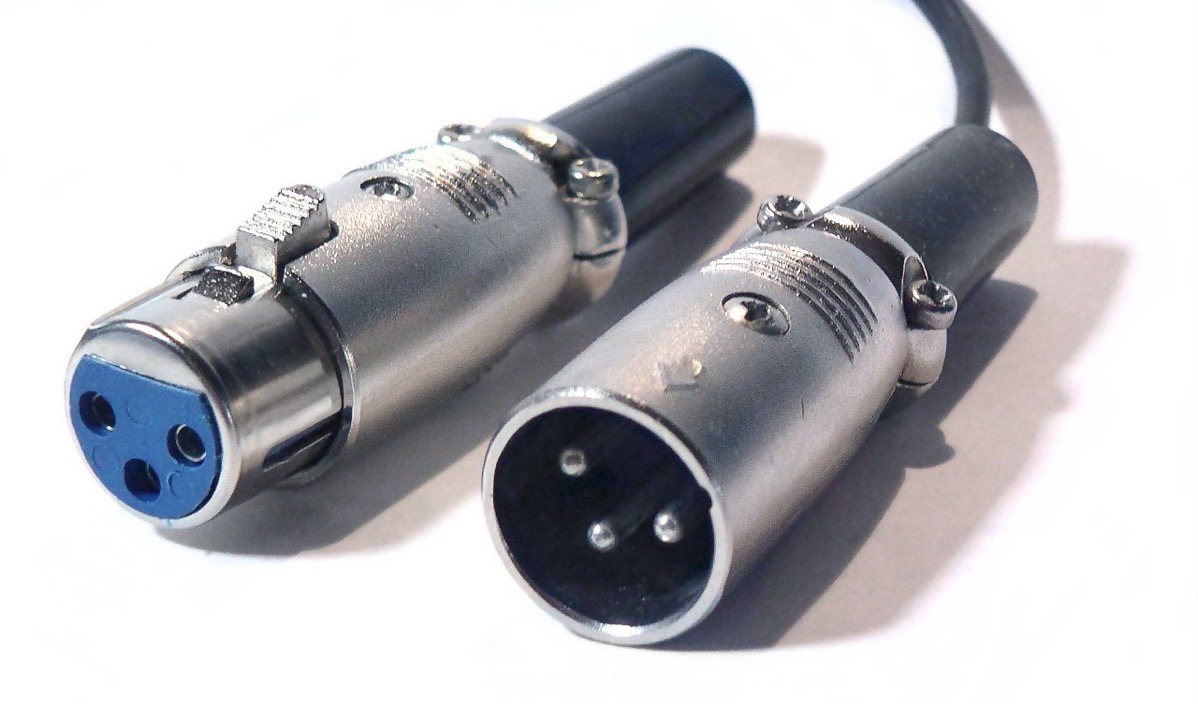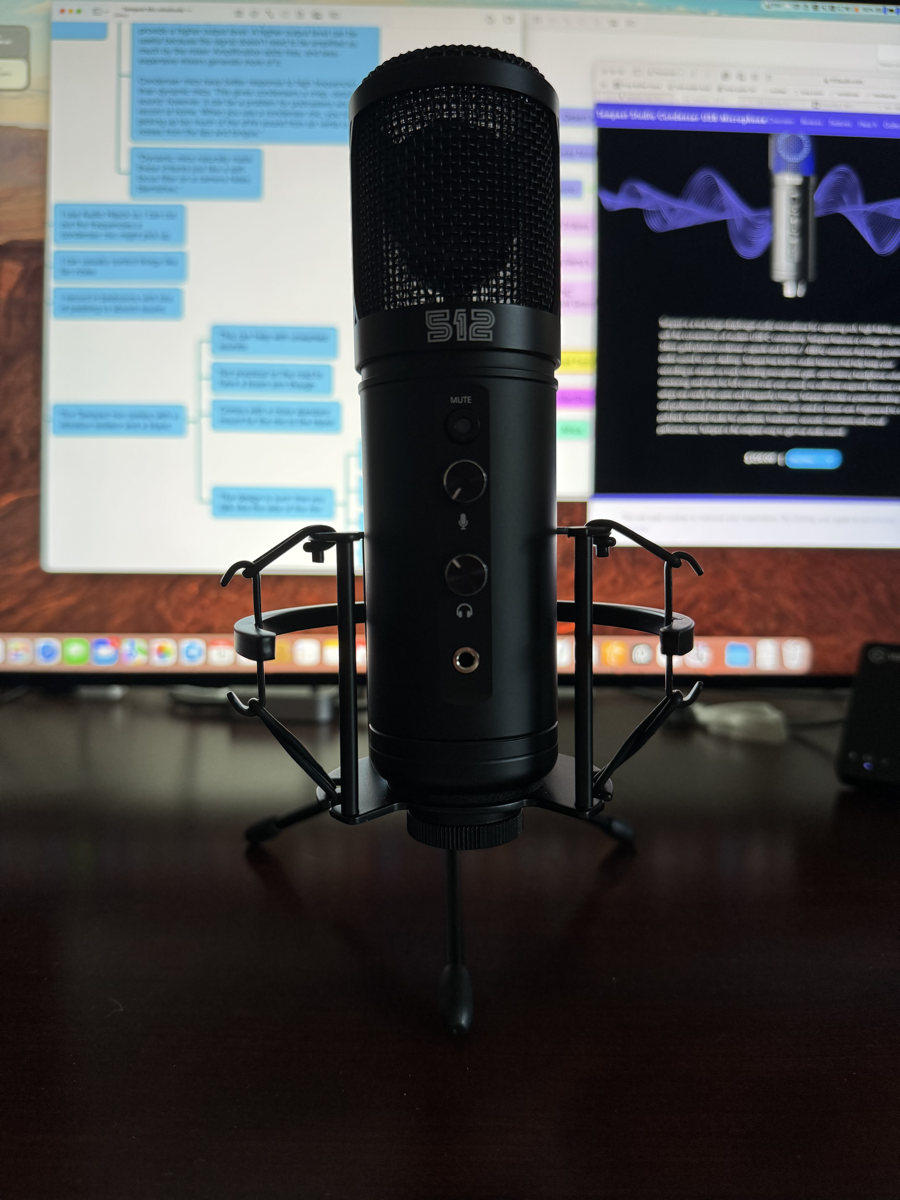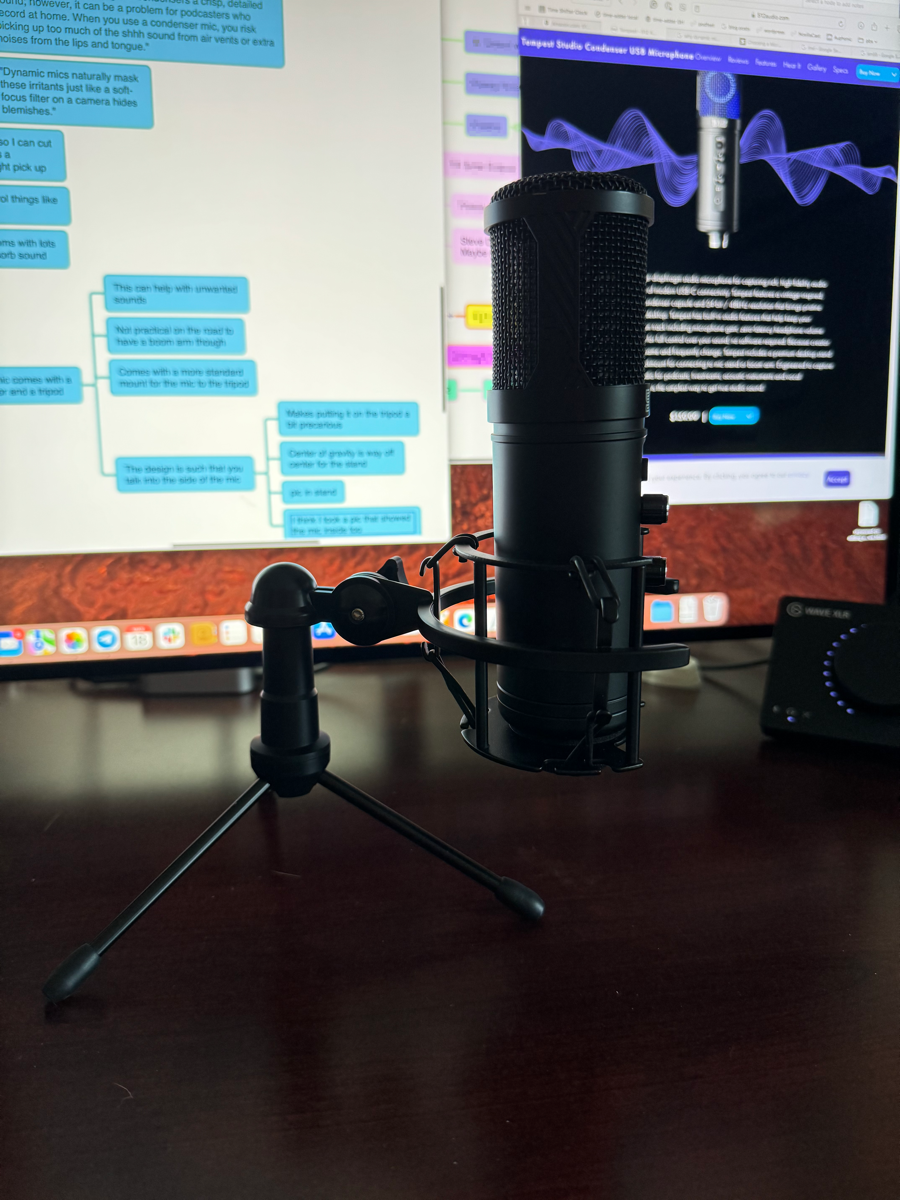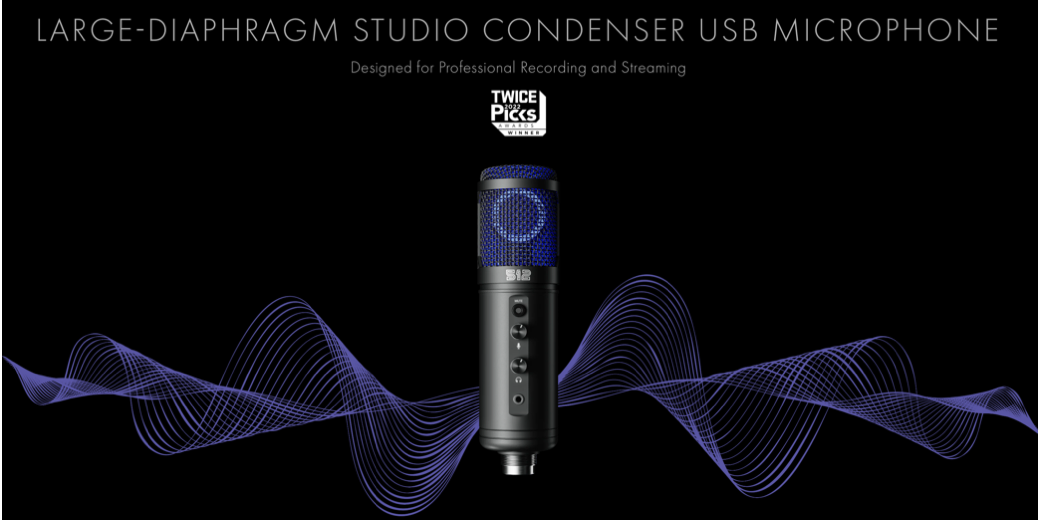Around 12 years ago, Steve surprised me with an extravagant gift. He bought me a Heil PR-40 microphone. This mic is still one of the gold standards, running $350-400 to this day. I thought it was too expensive, but Steve has always been super supportive of the work I do for the podcast and bought it anyway. I consistently receive comments on how good my audio is (got one just last week) so I think it was a terrific upgrade. Eventually, I bought Steve a Heil PR-20 which has been great for him now that he produces the live show.
The Heil PR-40 has an XLR connector on it, which is a round connector with three pins. XLR cables are relatively thick and heavy. In order to use them to record on a computer, you must have some sort of interface. Many people use fancy big-girl mixers, but you can also use an XLR to USB interface like the Elgato Wave XLR that Marty Sobo told us about a few years back and which I bought for me and Steve.

Five years ago as we started to do the podcast on the road, I wanted a microphone that could take a bit of a beating. I bought a pair of Shure SM58s for $100 each which are also XLR mics. This was an easier way to go than disassembling our big-girl mics from our boom arm/vibration isolator setups when leaving home. On the road, wee use our old Shure MVi XLR to USB mic interfaces that were replaced by the Wave XLR interfaces. This lets us have a “go bag” of mics with all the accessories to make the show go. The quality of our audio is pretty good with the SM58s, but not as good as our Heils.
What’s the Problem to be Solved?
In other words, there is no problem to be solved. Everything is working just great.
But podcasters can’t help but buy microphones. It’s like a disease. When Dave Hamilton of the Mac Geek Gab posted online that a mic he really liked was on sale for a stupid low price, I simply had to investigate. As a podcaster and a musician, Dave is a hard-core audio guy so if he says it’s good, I really had no choice.
The mic he was talking about is the Tempest mic by 512 Audio. This mic lists for $169 on the 512 Audio website, but he found it on Amazon for $35. It’s been a month or so since Dave posted about it, and the Tempest is still on sale for $35 on Amazon.
As I mentioned, both of our Heils and our SM58s are XLR mics and require an interface. The Tempest mic has USB-C on it, not XLR, and even comes with a USB-C to USB-C cable. If this mic proves to be good enough to use as my road mic, that would mean I would have one fewer thing to carry because I wouldn’t need an interface.
Types of Mics
In order to talk about the Tempest, I have to introduce a set of terms that I always have trouble keeping straight in my head: condenser vs. dynamic microphones. The Heil PR-40 and the Shure SM58 are both dynamic mics, and the Tempest is a condenser mic. To explain the tradeoffs between these two technologies, I’d like to quote an article from the Shure website:
“Condenser microphones usually are more sensitive and provide a higher output level. A higher output level can be useful because the signal doesn’t need to be amplified as much by the mixer. Amplification adds hiss, and less-expensive mixers generate more of it.
Condenser mics have better response to high frequencies than dynamic mics. This gives condensers a crisp, detailed sound; however, it can be a problem for podcasters who record at home. When you use a condenser mic, you risk picking up too much of the shhh sound from air vents or extra noises from the lips and tongue.”
“Dynamic mics naturally mask these irritants just like a soft-focus filter on a camera hides blemishes.”
My dynamic mics, especially the Heil PR40 have been masking irritants for you all these years, but maybe not giving you as crisp and detailed sound as a condenser mic like the Tempest might provide. I don’t use a mixer, so we might get lucky and evade the problems of less-expensive mixers mentioned in the article.
I do use Audio Hijack as a virtual mixer, so I can filter out some annoying sounds. Most of the time, I’m able to create a very quiet environment for recording the shows. At home and on the road I tend to record in bedrooms with lots of nice sound-absorbing carpet and bedding. In the summer when we’re at Lindsay’s house, it can be over 100° outside, so we’ll have to see how much the Tempest might pick up from the air conditioning. Maybe we’ll freeze out the family right up till showtime and then shut it off.
The Tempest (again, for only $35) comes with a mic stand and two different connection options. One is a simple ring that hard mounts the mic to the stand. This can be problematic as any vibration on the desk will be translated directly into the mic. For example, if I’m recording on someone else’s show, I often interact with a chat room when someone else is talking. My typing could come through on the mic which is very distracting.

The second mount for the tripod (again, for only $35) includes a vibration isolator. These are a series of rubber bands that allow the mic to kind of float and keep surface vibration from transmitting into the mic.
Unlike my other mics, you don’t talk into the end of the Tempest, you talk into the side of it. I’m embarrassed to admit how I figured this out. I was playing around trying to figure out how to get the mic to be stable on the tiny included tripod. I had it on the desk in front of my monitor, when the bright display shined through the microphone and I could see a sort of lollypop shape in silhouette inside. When I plugged in the mic, it glowed blue!

This lollypop shape I saw is the 34mm gold-plated condenser capsule for this large diaphragm mic. Now that I had the mic oriented correctly, standing straight up in front of me, I could also use the controls on the front of the mic. There’s a mute button, a mic gain dial, a headphone jack, and a dial to control the headphone volume.
Having a headphone jack right on the mic is fantastic. I’ll be able to monitor my own voice while recording and use the mic gain knob to ensure I’m not clipping which is so very harsh to the ear. I’ll even be able to tell if those mouth noises that are easy to pick up on a condenser mic are happening and be able to correct for it in real-time.
One more thing about the mic in the stand – in order for the mic to stand vertically in the vibration isolator, the mic is way off-center. And by “way off”, I mean a full four inches off center. If I rotate the three legs of the tripod so one leg is in line with the mic, it’s reasonably stable, but it does make me nervous!
Ok, all this talk about a mic without letting you hear it is just plain mean. We’ll see whether I got what I paid for at $35, or whether I got a steal on the mic.
I’m going to do some comparisons of the Heil PR-40, the Shure SM58, and the Tempest. I’ll introduce each mic, and then say the opening tagline for the show. I want you to be able to hear the Tempest compared to both mics, so I’ll do the Heil, then the Tempest, then the SM58, and then the Tempest again. I normally use Audio Hijack to sweeten my voice using a high pass filter, a 10-band equalizer set to bass boost, and a dynamics processor that eliminates clipping. But for these tests, I’m going to do all of them without Audio Hijack, so this will be the raw input.
Now for a little bit more about the Tempest mic and its mute switch and how much noise it makes:
Now let’s talk about some more practical things about using this mic on the road. The mic stand for the Tempest is so tiny, that I had to put it on top of a box to get it up high enough to get it close to my mouth. I’ve mentioned before that monitors are always too tall for me, so if the mic stand is too short, it would be unusable without something to set it on for everyone else.
When I’m on the road, desk space is at a premium, and I already have a great deal of difficulty wrapping my arms around my mic to get to the keyboard when I’m recording. The odd off-balance design would probably make using the vibration isolation mount impossible to use, so I’ll have to take my chances with the hard mount which is a bit less ungainly.
As I was thinking about how annoying it is that the mic stand is so short and yet takes up so much space, I started wondering if I could use the Tempest with one of my other road tripods. I recently changed from a very tall mic stand that took up too much room to a slightly shorter one that takes up far less desk space. With a lot of fussing about with adapters for the different thread sizes, I was able to get the hard mount for the Tempest to work with my medium-sized, small-footprint tripod. Not only is the height perfect for me, but without the vibration isolator, it’s also quite stable.
One thing I might want to look into is some kind of pop filter for the Tempest. For the recordings you heard, the mic was quite far away from my mouth or else my Ps were popping like crazy! It’s a good thing I was monitoring my own voice with the headphone jack on the Tempest, or I wouldn’t have realized I was popping those Ps.
Bottom Line
The bottom line is that the $169 Tempest mic is a good competitor to my other mics, and for the current price of $35 on Amazon, it is an absolute steal. If you’re looking for a good mic with USB-C and no need for an interface, and you can control your environment to eliminate unwanted noise, the large diaphragm Tempest condenser mic from 512 Audio might be perfect for you.


Thanks for this review! I’m going to tell all of my radio broadcast colleagues about this – I’m sure some of them are still using the built-in mic on a laptop when producing shows, haha. I’m using an SM58 myself, which works pretty well for my situation.
Whew – Glad you liked it PDX_Kurt! I was actually going to try to have you check this for me before publishing just in case I missed the mark on my understanding of condenser vs. dynamic mics, but I ran out of time.